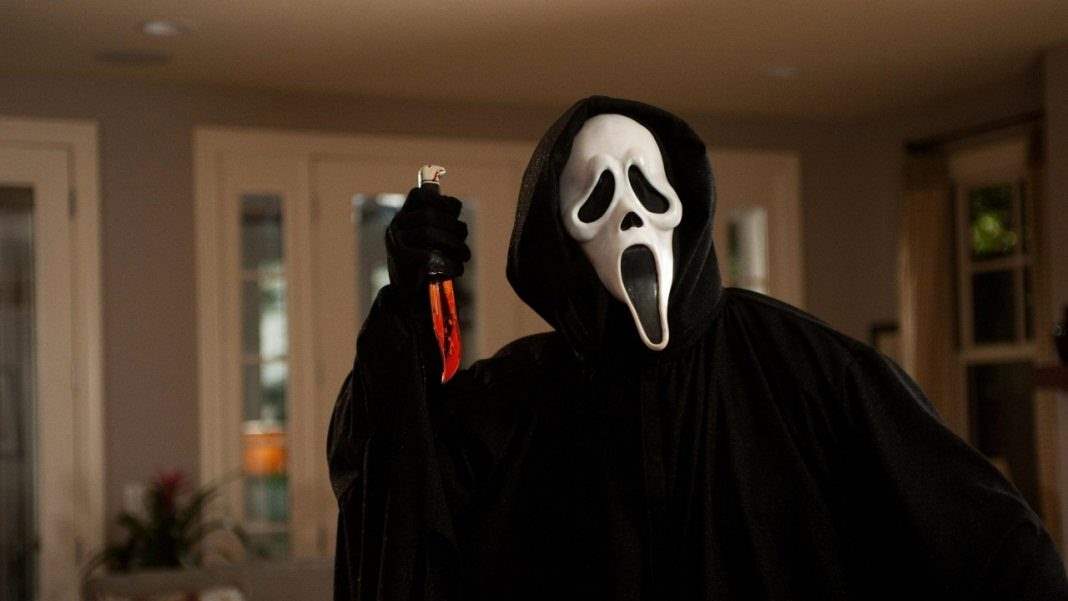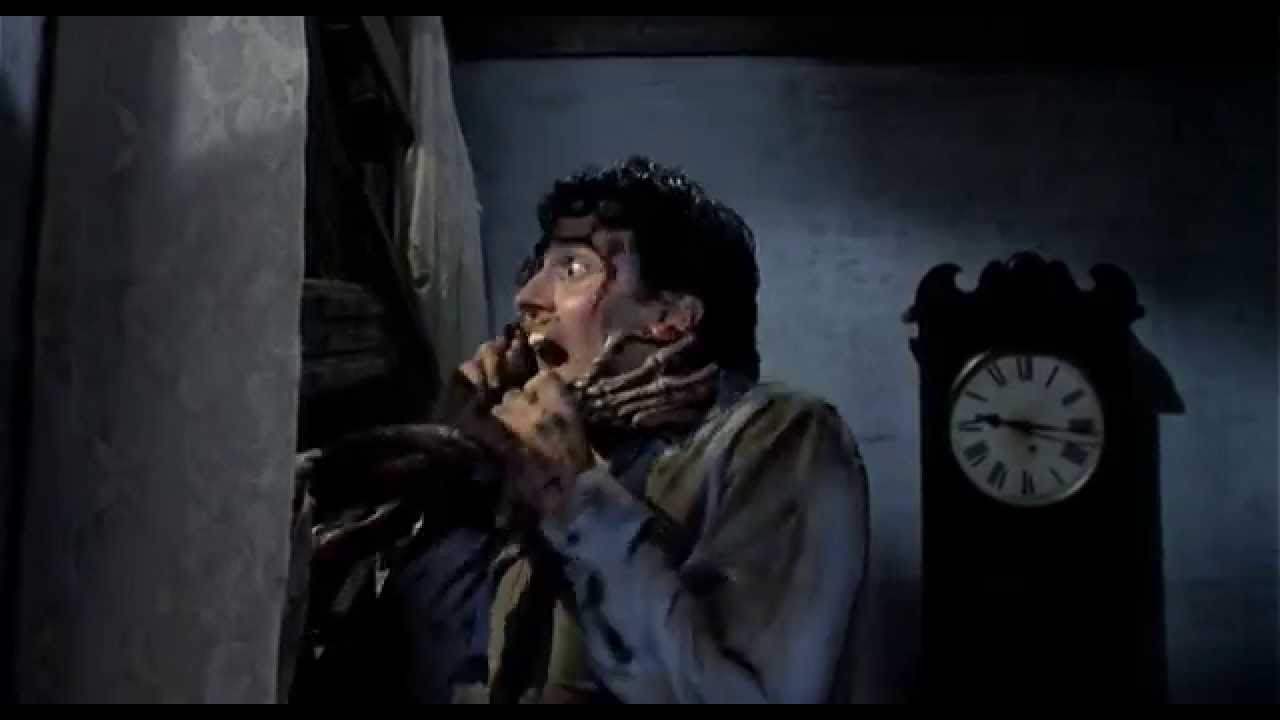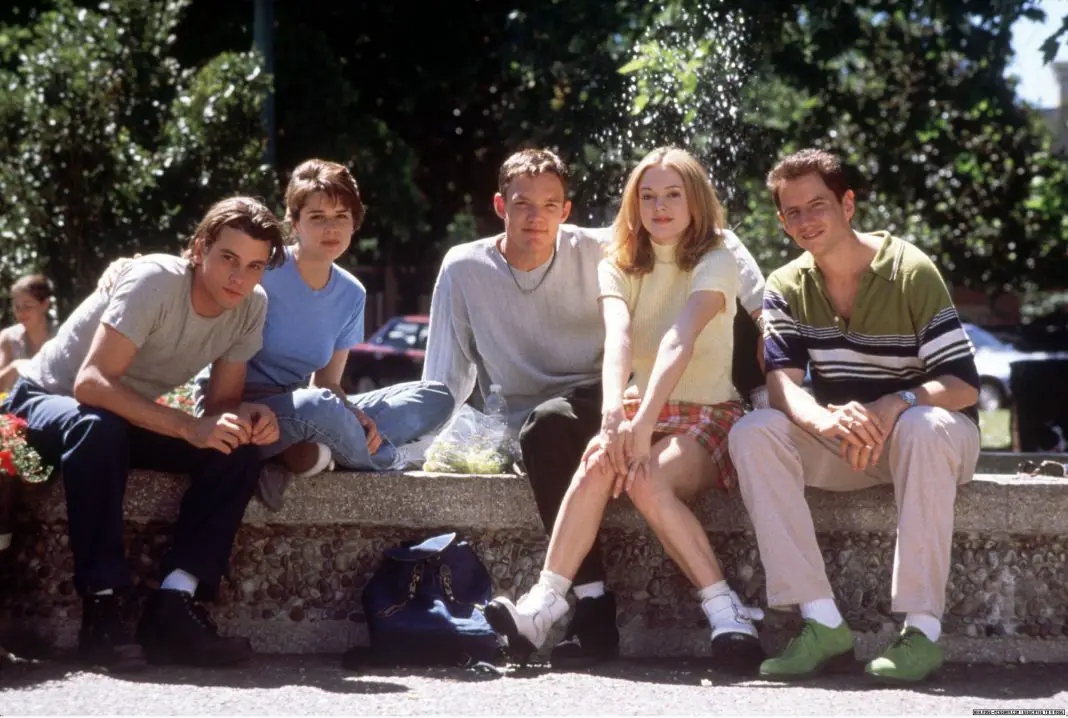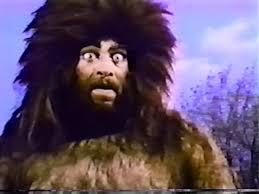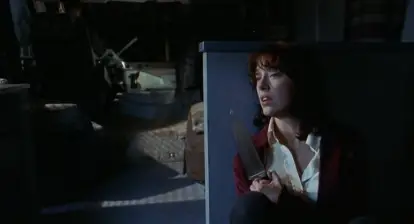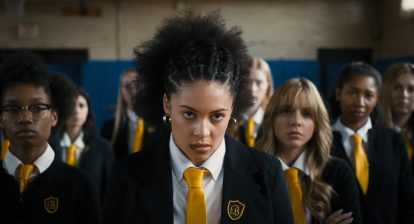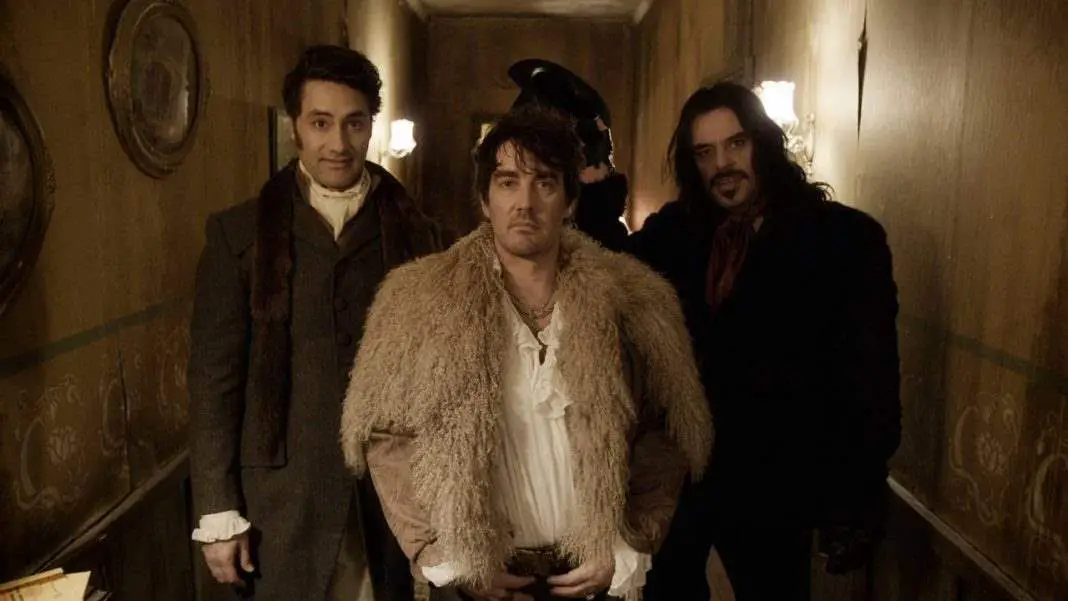Meta horror is something we’re starting to see less of now, which makes sense on one hand because it was pretty much capped with Cabin in the Woods. That was the ultimate statement on horror movies making statements on horror movies. There’s really nowhere to go from there. I think that, in addition to Kevin Williamson’s abundance of TV work and Wes Craven’s health, was a very large part of why we never saw another Scream film get off the ground.
A lot of people think meta horror started with Scream, and that makes sense, in a way, because it was the movie that really brought that idea to the forefront and made it hugely popular. But the truth is, horror has been commenting on previous horror since the very beginning. Every new incarnation of Dracula will make a callback to a previous version or make some kind of tongue-in-cheek reference or remark.
It was the Universal monsters that brought horror into the American mainstream. They were followed by the atomic age monsters of the ‘50s and Corman Poe productions/Hammer films of the ‘60s and early ‘70s. All of these pictures, all of these iconic staples of the classic era of horror, play into what I really consider to be the first big meta horror, even if it’s never really discussed as such, and that’s The Rocky Horror Picture Show.
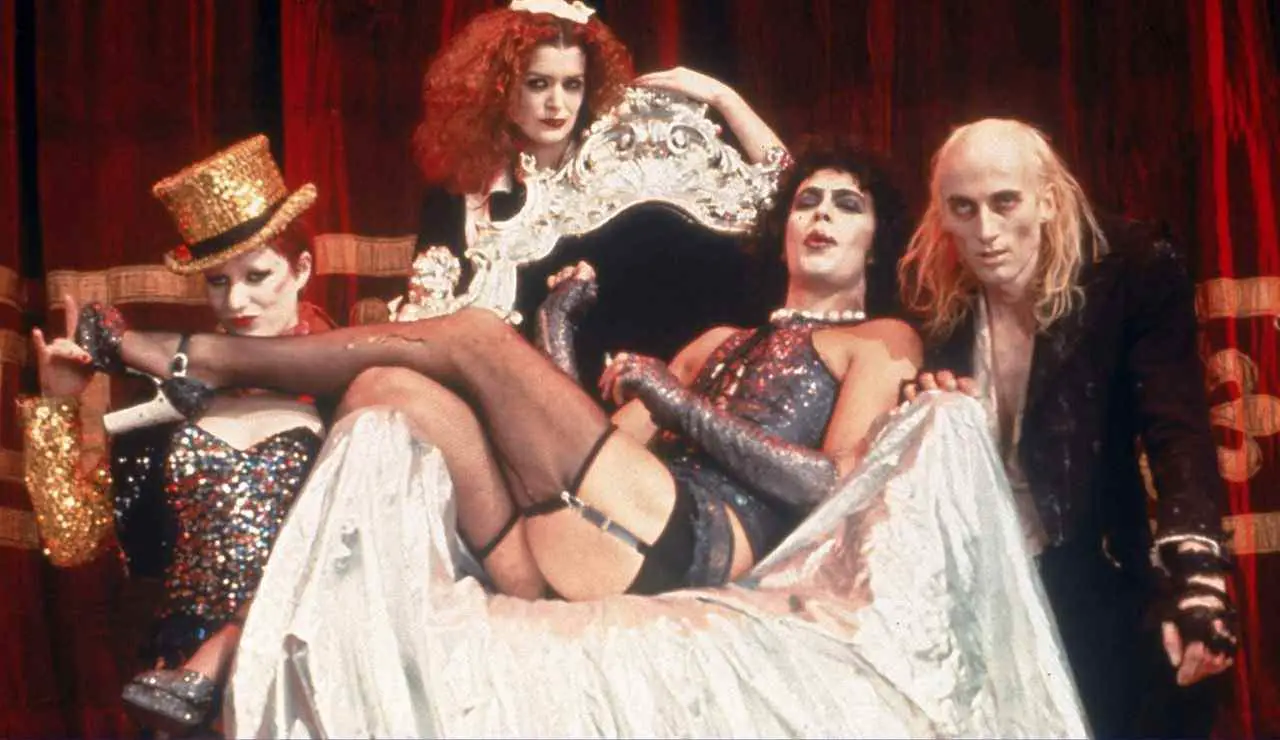
A lot of times, drive-ins would have double features showing a classier Universal era horror film back to back with a schlocky B-Movie. Rocky Horror starts out as a gothic, classical horror about a young couple going to a mysterious old mansion in the middle of the night, bearing witness to a mad scientist and the creation of his creature. But halfway through, it changes gears completely to reveal that the inhabitants of the mansion are actually aliens and it becomes a total sci-fi, Ed Wood-ish romp. This is very intentional.
After that, the biggest example of meta horror was actually a music video. Directed by John Landis, Michael Jackson’s Thriller is one of the most popular music videos of all time. It’s iconic, mostly due to the fact that it was created by a musician, director and make-up artist all at the top of their game. It feels like a film, too. There’s a narrative and even somewhat of a three-act structure to it. And it literally starts with MJ in a theater, watching a horror movie, and then it becomes this breakdown of the genre. The song is basically about the experience of watching a horror film. Obviously, it was a massive success. So while Thriller might not be a feature, it’s a seminal piece in the chronology of meta horror.
 The next big meta horror, in my eyes, is 1985’s Fright Night, which is a much more focused send-up of the Hammer era vampire flicks. I’ve said quite a few times before that I think Scream owes quite a bit to Fright Night, because Holland’s film does the same thing Craven’s does in terms of commenting on vampires, sending up that genre, but also updating it for the time and making it scary again. What I love about Fright Night—well, one of the many things—is that as much as it kind of makes fun of the vampire traditions, it respects every single one of them. It would have been so obvious to completely rewrite the rules with these vampires, but while they look gooier and scarier, they obey all of the classic movie rules.
The next big meta horror, in my eyes, is 1985’s Fright Night, which is a much more focused send-up of the Hammer era vampire flicks. I’ve said quite a few times before that I think Scream owes quite a bit to Fright Night, because Holland’s film does the same thing Craven’s does in terms of commenting on vampires, sending up that genre, but also updating it for the time and making it scary again. What I love about Fright Night—well, one of the many things—is that as much as it kind of makes fun of the vampire traditions, it respects every single one of them. It would have been so obvious to completely rewrite the rules with these vampires, but while they look gooier and scarier, they obey all of the classic movie rules.
That same year, we were given the Dario Argento-scripted, Lamberto Bava directed Demons. Which is definitely a meta horror that cannot be overlooked. It’s an outlandish Italian gorefest, of course, but the setting is genius. This film is set inside a movie theater, which already makes it self-referential just in terms of the setting. And Dario Argento, like many horror directors, was seeing a lot of flack for showing these violent images on film. Critics and parent’s groups were sure that these pictures were going to have a negative effect on people, that violence on the screen would make people violent. That’s actually the plot of Demons. This violent horror feature is a supernatural entity that possesses the audience. The goofiness of it actually makes it even more interesting.
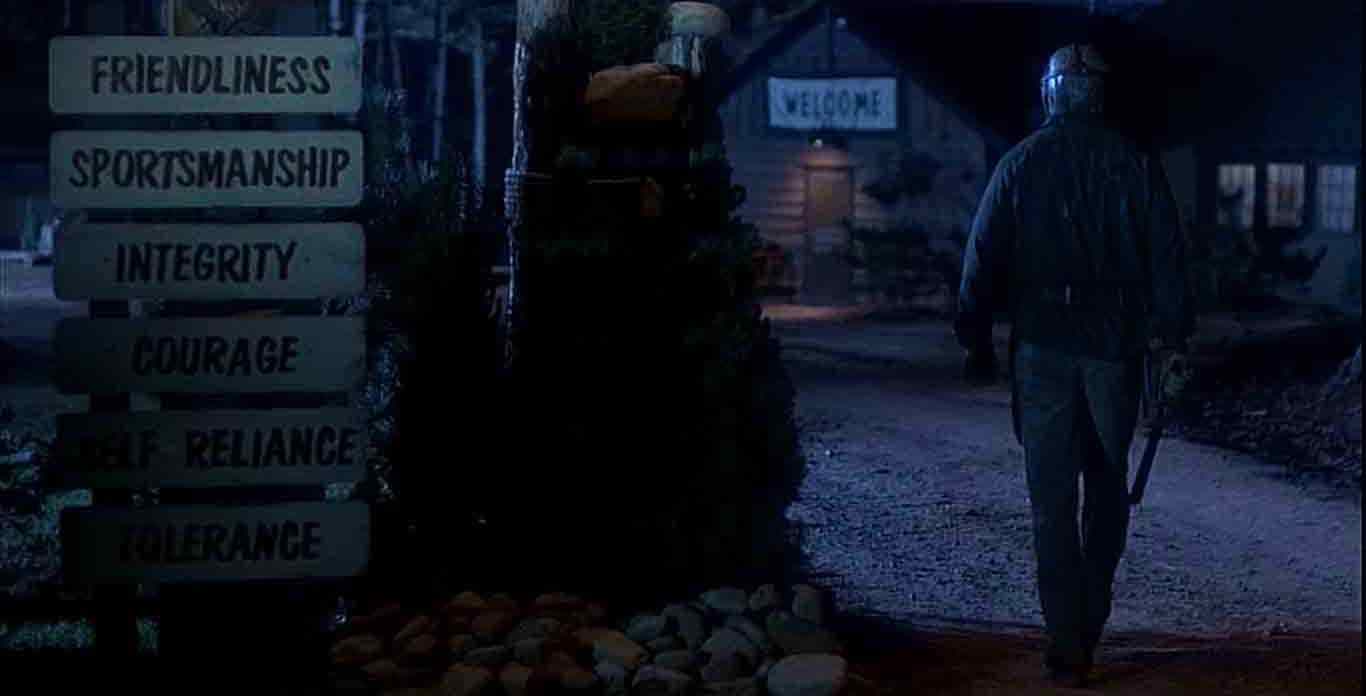 Another big one from the ‘80s that doesn’t get the credit it deserves is Friday the 13th Part VI: Jason Lives. According to writer/director Tom McLoughlin, Kevin Williamson had told him that Jason Lives had an influence on the script for Scream, and I totally believe that. It is extremely aware that it is the sixth Friday the 13th, but while it points out every single major beat of the franchise it still treats the Jason character with the utmost respect, and I think that is the key to its success. It’s so smart and so funny but Jason is genuinely scary in it. Without that, it would have just fallen into parody and wouldn’t have worked, but luckily it stands up as well-done self satire.
Another big one from the ‘80s that doesn’t get the credit it deserves is Friday the 13th Part VI: Jason Lives. According to writer/director Tom McLoughlin, Kevin Williamson had told him that Jason Lives had an influence on the script for Scream, and I totally believe that. It is extremely aware that it is the sixth Friday the 13th, but while it points out every single major beat of the franchise it still treats the Jason character with the utmost respect, and I think that is the key to its success. It’s so smart and so funny but Jason is genuinely scary in it. Without that, it would have just fallen into parody and wouldn’t have worked, but luckily it stands up as well-done self satire.
The late ‘80s gave us Return to Horror High which is meta to the point of absurdity, to the point where half the time you can’t tell what’s really the feature and what’s the movie-within-the-movie and that’s part of the fun. It’s walking just the right balance to keep from becoming all-out parody in the vein of Student Bodies.
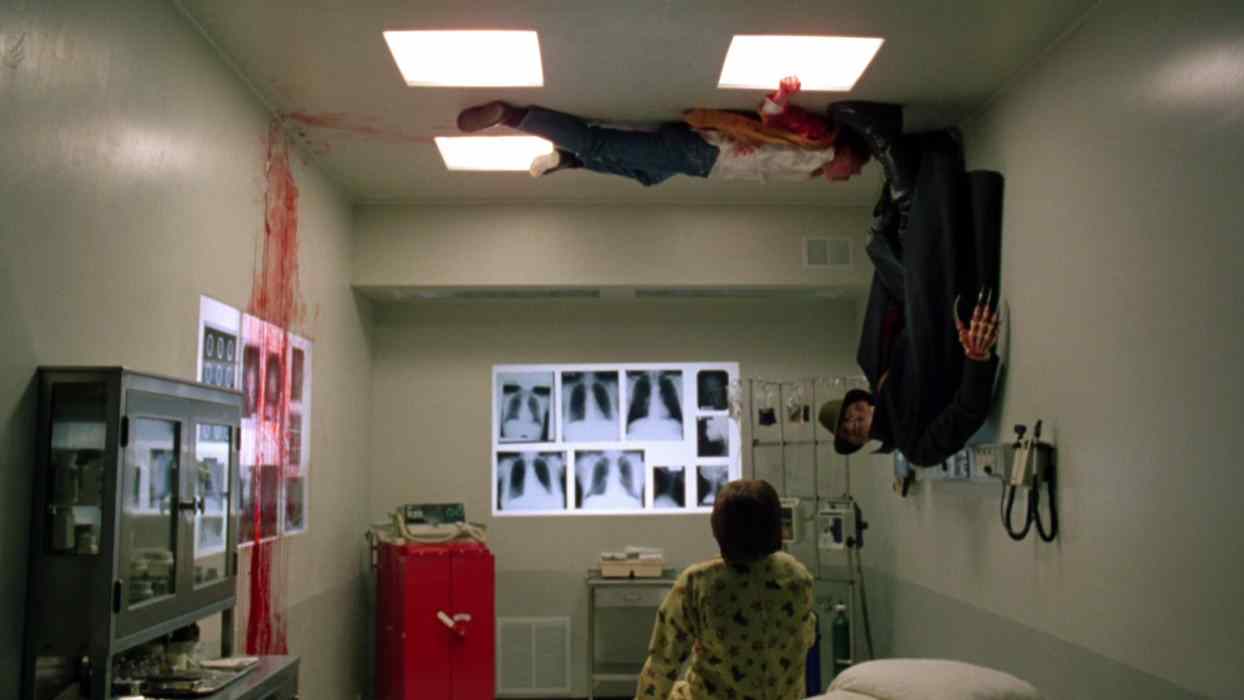 The early ‘90s started paving the way for a decade that would really be defined by meta horror, starting subtle with Candyman, before breaking into all-out, no-holds-barred meta with 1994’s New Nightmare. It’s not just one of the best films of its type, this is one of the best horror movies of the ‘90s. It is so smart and so well written to the point where it’s so meticulously plotted a certain way that it makes you wonder for at least half a second if this really is the film they had to make to keep Freddy dead and buried—at least until they could get Freddy vs. Jason off the ground.
The early ‘90s started paving the way for a decade that would really be defined by meta horror, starting subtle with Candyman, before breaking into all-out, no-holds-barred meta with 1994’s New Nightmare. It’s not just one of the best films of its type, this is one of the best horror movies of the ‘90s. It is so smart and so well written to the point where it’s so meticulously plotted a certain way that it makes you wonder for at least half a second if this really is the film they had to make to keep Freddy dead and buried—at least until they could get Freddy vs. Jason off the ground.
It is full of callbacks to the original in a way that only gives the original more power, because that’s what it’s all about: the power of stories and the way they captivate and take hold of us. Freddy is genuinely scary again and that’s in part a commentary on the way he had been turned into a joke through the later sequels, but his design is very specifically taking cues from the movie’s major theme, which is that evil has had many iconic faces throughout the ages and Freddy is simply the latest. His design harkens back to one of the first horror icons to ever appear on film, Max Schreck in Nosferatu.
Virtually on the heels of New Nightmare came Scream, the biggest meta horror movie of all time, and the entire reason we’re even interested in tracking the history of this type of film in the first place. The fact that both New Nightmare and Scream are both directed by Wes Craven is amazing. He became a pioneer for this whole movement. Kevin Williamson also became a voice of the meta horror scene because of the success of Scream and the uniqueness of that. He was corralled into Scream 2 almost immediately and even with all of the production problems, that is a very smart feature.
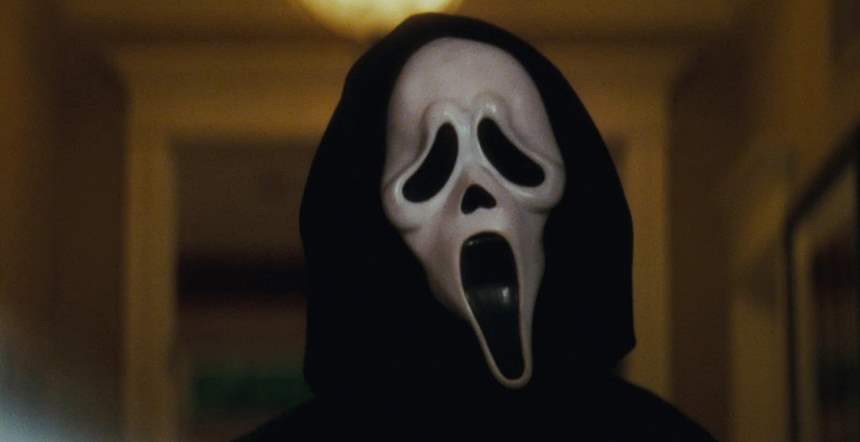 Scream kicked off a whole movement of self-referential slashers, like I Know What You Did Last Summer, Urban Legend, Bride of Chucky, Valentine, etc. to varying degrees of success. One of the most innovative of that bunch of that stands out to me is Cherry Falls, because it takes one of the biggest tropes of the slasher—the virginal hero—and completely spins that on its head in a really interesting way.
Scream kicked off a whole movement of self-referential slashers, like I Know What You Did Last Summer, Urban Legend, Bride of Chucky, Valentine, etc. to varying degrees of success. One of the most innovative of that bunch of that stands out to me is Cherry Falls, because it takes one of the biggest tropes of the slasher—the virginal hero—and completely spins that on its head in a really interesting way.
A lot of films tried to stay meta in the early 2000s, but the only one that really succeeded was Behind the Mask: The Rise of Leslie Vernon. It’s a total deconstruction of the slasher on every conceivable level. It’s even more meta than Scream and manages to be completely different than that film so that both can stand on their own.
And now, to be frank, meta horror is over. Everything points to that. There’s no need to be relevant and witty, because we’ve made every statement there is to make. Scream 4 hit theaters and commented on the current generation and was followed shortly by Cabin in the Woods which was designed to be the ultimate, final statement on everything. And, by all accounts, it was. If you track the history of meta horror, it kind of ends there. It makes sense, too. Everything was so focused for so long on saying something that, eventually, we ran out of things to say.
